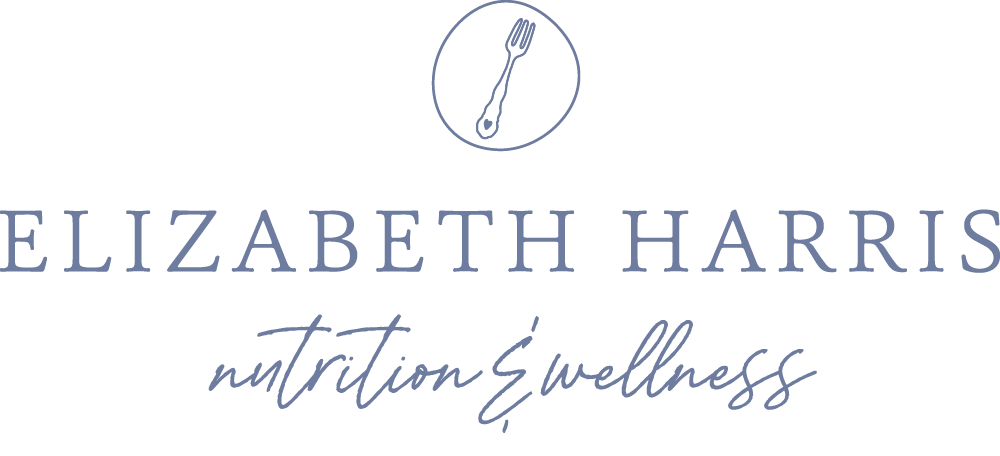3 key things to look at on the nutrition facts label
Intuitive Eating is an interplay of instinct, emotion, and thought because we all have:
Gut instincts about hunger, fullness, and how food makes us feel
Emotions that influence what and how we eat
Knowledge that can help guide our food choices
I spend a lot of time busting nutrition myths and correcting misinformation when I’m working with my clients, as well as educating them about dietary patterns that may be helpful for specific health concerns.
I don’t teach them to count calories, but instead to mindfully tune into their hunger and fullness cues and how foods and certain eating behaviors make them feel. From there, we focus on practicing essential, health-promoting self-care and layer in helpful nutrition knowhow.
The nutrition facts label on packaged foods offers us useful information. But how do you use it without it feeling rigid or “diet-y?”
First, understand that the serving sizes listed on the label are a reference point that’s not based on your unique body or its needs. Appetite fluctuates from day to day and meal to meal—this is normal. You may need more or less than the serving size listed on the package to feel full and satisfied at any given meal.
Once you’ve learned to eat with attunement to your body, its cues, and its needs, instead of using it as a recommended portion size, the serving size can simply be a data point that helps you understand more about the nutritional value of the food you’re eating so you can make more informed, gentle nutrition decisions.
Here’s how to do this, along with 3 pieces of helpful info I typically look at on the nutrition facts label:
Sodium: The recommended daily value for sodium is 2,300 mg. Most of us get far more than that each day, with intake primarily coming from packaged foods not the saltshaker. Excess sodium is a risk factor for elevated blood pressure and heart disease so being mindful of sodium intake is a good idea. The % daily value tells you how much a serving size of that food contributes to the total recommended daily intake of that nutrient (in this case sodium). I look for foods labeled low or no sodium whenever possible, knowing I’ll get plenty of sodium from other sources.
In this context, the serving size is important because you know if you’re eating two servings of that food, you need to multiply the sodium by two to understand how much you’ll be getting from that food.
Fiber: Fiber is so important for digestive health, gut health, blood sugar regulation, and more, yet it’s so often under-consumed. Of course, we get fiber from fruits and veggies, which don’t have a nutrition facts label. But I pay attention to fiber content when I’m buying cereal, bread, crackers, pasta, and other grains—I look for 3-4 grams of fiber or more as often as possible.
Added sugar: Sugar isn’t evil, and we don’t need to avoid it altogether. Glucose in any form offers your body energy, plus having some foods with sugar is yummy and probably makes your soul happy. But if you eat too much of it, you likely won’t feel great–you may notice you get headaches, a stomachache, or that your energy levels crash, for example.
Being aware (not scared) of added sugar in your foods can help you “walk it backward” and figure out how you want to feel at the end of your meal.
If I’m choosing between 2 varieties of yogurt or cereal, for example, and I like them both—I’d typically choose the one with less added sugar.
Used this way, the nutrition facts label can enhance your nutrition knowhow and help gently guide your eating.
I wholeheartedly believe in the importance of good nutrition, but I want to offer you a quick word of caution. Making gentle nutrition choices is generally one of the last things I work on with my clients when they’re learning to break up with dieting and eat intuitively.
It’s so important to make sure you have a healthy, peaceful relationship with food and that you’ve successfully UNdieted before you try to implement this step... otherwise, it’s far too easy to turn even this flexible approach into more rigid rules that add stress, throw you off track, and undermine your efforts at consistency and feeling good.
At its best, gentle nutrition is a tool not a rule. It’s most helpful when used flexibly with an understanding of your body and its unique needs.
